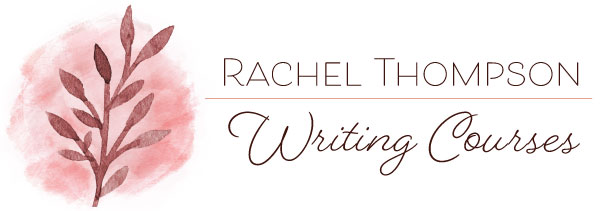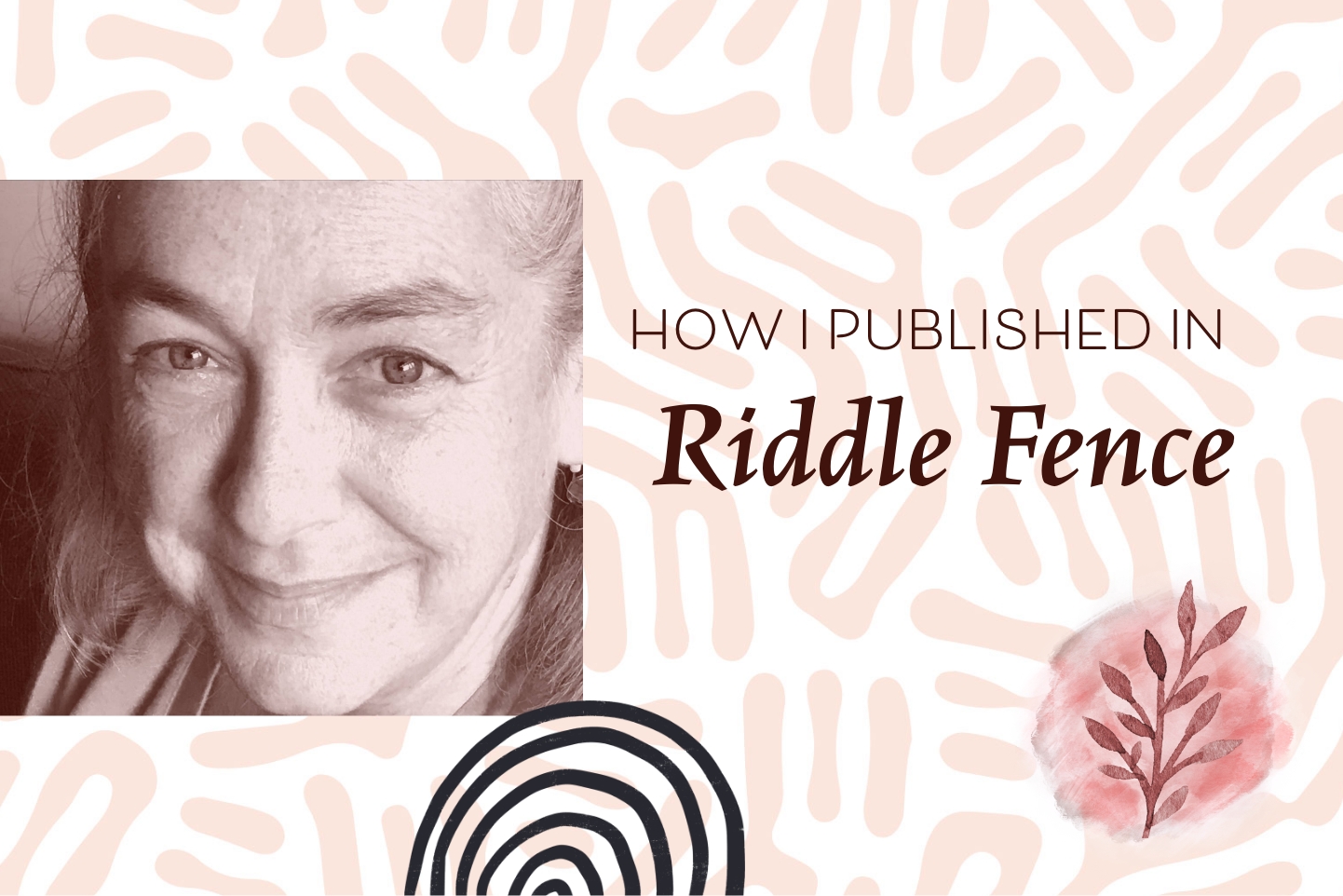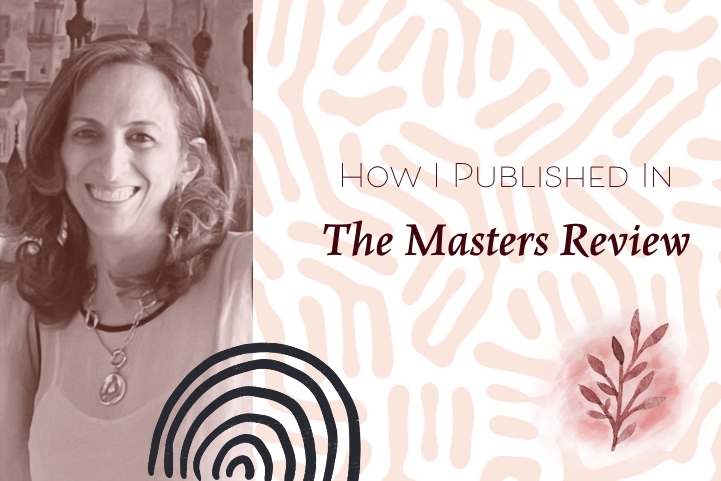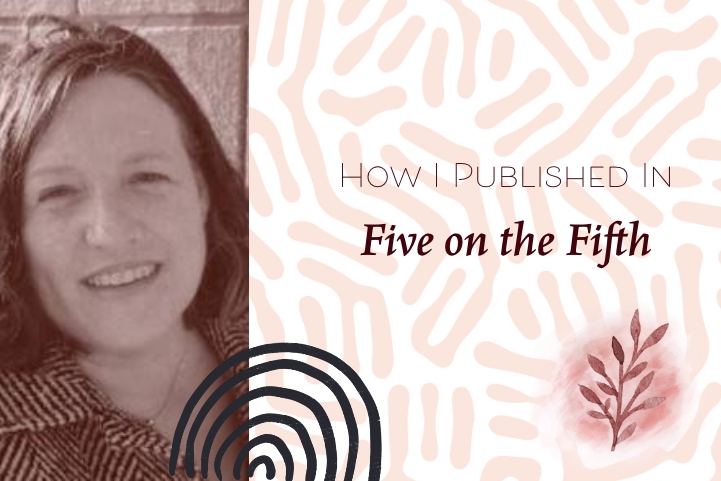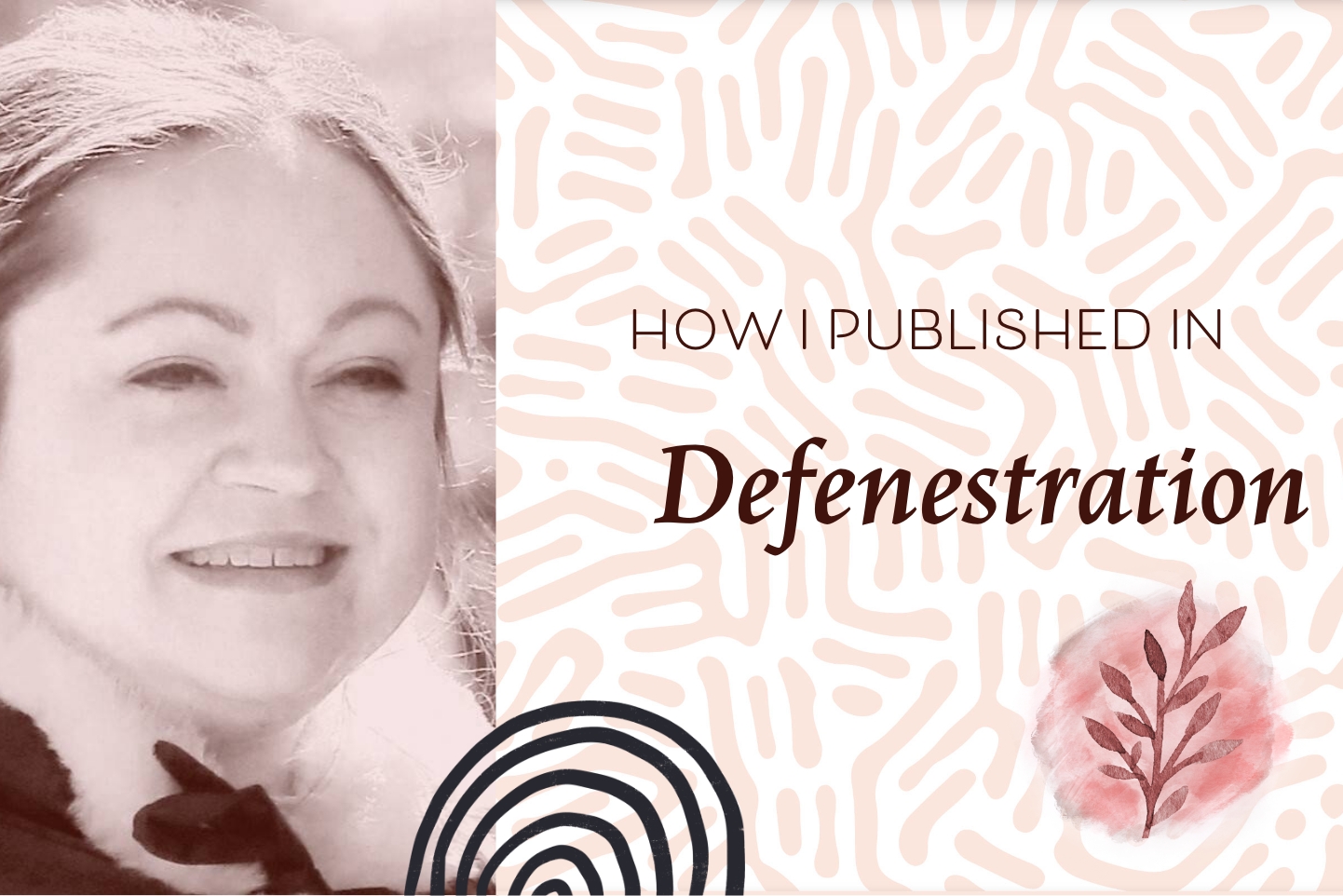By Laurel Parry
“The Dingle Peninsula” is a braided essay about cancer diagnosis, treatment and recovery, reminiscent of a bicycle ride around Ireland’s Dingle Peninsula.
It was a story that I had to keep writing, and it just got more and more unwieldy. It was a logjam—I knew that once I got it out of my system I could move on.
The pandemic arrived with a gift. Time. Time to buckle down and come up with a more productive way to create, revise, and submit my stories. After almost two years at this, Riddle Fence contacted me to say that they were prepared to publish the story I’d submitted three weeks prior.
Riddle Fence is one of my favourite journals. I’d read a story in the magazine by the nonfiction editor, Carmella Gray-Cosgrove and liked her storytelling style and vivid characters.
Carmella’s edits on my story dealt with repetition and ways to add more intensity to the story. She asked me to describe what a particular bush looked like in one of the scenes and to my horror, I realized that I had mistaken a fuchsia bush for hibiscus and (relief!) was able to fix it. Her comments tightened the story and she also flagged excerpts that she enjoyed. I can’t say enough good things about Carmella. When Claire Wilkshire, the copy editor stepped in, she found a number of inconsistencies and I learned a ton. Working with Carmella and Claire was rewarding and fun, proving that the engines that drive journals are real humans, with talent and compassion.
When I received the acceptance, in a state of shock, I called Miche, my writing partner and left a blubbering message on her voicemail.
I had pared the story down after years of writing. In a moment of clarity (exasperation?) Miche had suggested that I wrestle it to the ground, cut to the chase, and make it a simple braided essay. A challenge, as the story was a way for me to disentangle a number of major events in my life: death, illness, travel, retirement, and an epiphany that despite all these hazards, there seemed to be some sort of protective cloak that kept me from going over the brink.
I was trying to do two things at once—process and create a publishable piece of art worthy of an audience of people outside of my circle. I stubbornly kept at it, despite feedback in workshops (or cringe) when performed in public.
When I cut two-thirds of the episodes and the pedantic ending, I had a serviceable work that had turned into something different. Something more managed.
The Lit Mag Love course asks important questions. Why do you write? I write to find out what matters to me. Why do you want to publish? My dream is to be a part of the Canadian literary conversation. What will happen when you publish in your dream magazine? I will tell my writing friends, the ones who help me. The course offered steps to realize this dream. Until then, I had a very narrow view of submitting that included contests and a few random efforts, with work that needed revision. I was getting cynical. “It’s over,” I thought. “I’ve waited too long. They want work from people who are younger, more urban, edgier, and less mainstream. I’m a hack.”
I get rusty, lazy, scornful, or envious when there are a lot of “essential” things to do at my writing desk instead of pulling out a draft or researching another journal. Submitting is an important part of the process and I’ve learned that it’s a lot more involved than it seems. I am developing a new way of doing this. I make a list of stories that are ready to go out and summon the CEO of me whose job is to review the inventory and get the product out the door. This dispassionate person takes the creative department’s word for it that the material is revised and ready and goes to work. It’s a factory.
There are so many steps to submitting, all the research, preparing the manuscript in whatever format is needed, the cover letter, the bio, and logging what has been sent. It’s best to do this without any emotional investment to cut down on mistakes. I get my ideas for submissions from my writer friends in the Writerly Love community, and by following writers and editors on social media.
I don’t read as much as I should, and I only have a few journals in my house. Most are from submitting to contests. I’m a big fan of contests; they’re tempting, they often inspire a new work if they come with a theme, and the fee gets you a subscription. But beware the contest. They are intensely competitive and rarely allow for simultaneous submissions, taking your work out of the mix for six months. I’m 61 years old. I don’t have that kind of time.
The only feeling worse than getting rejected by journals is not having anything out there being considered. My self-esteem as a writer is tied up in feeling like I’m part of something bigger than me. I love having an active submittable log with “received” and “in progress” flags.
When I get a rejection, I take a moment and update my writing log. I wait a few days before filing the email, so I can reread it, an important step because many, including me, don’t initially register that the rejection may carry praise, sometimes with an invitation to submit another work.
I worked as an arts funder for thirty years, facilitating juries. I know how tough it can be to be on that side. In reading journals, I marvel at how strong the work is that does make the cut. Or, I notice some journals publish material that is not aligned with mine, and that’s okay. There’s a corrosive effect of too many rejections over a long period of time, though. It’s tough, and I grapple with paralyzing despair. My time should be spent elsewhere. But I remember the words of Alaskan author, John Straley who implored us to enjoy writing creatively in our daily life—letters and so on, and not to focus on publishing as the only outcome.
I’m at the age where I can help friends write beautiful tributes to their parents. Writing about someone’s long life, in the form of a cogent obituary, someone I knew personally, can be very rewarding and it keeps the wolf from the door in the confidence department. Right now, honestly, my anxiety isn’t to do with rejections, it’s that CEO me is in the driver’s seat and I want to access the writer me as it’s time to draft another story and I am coming up blank.
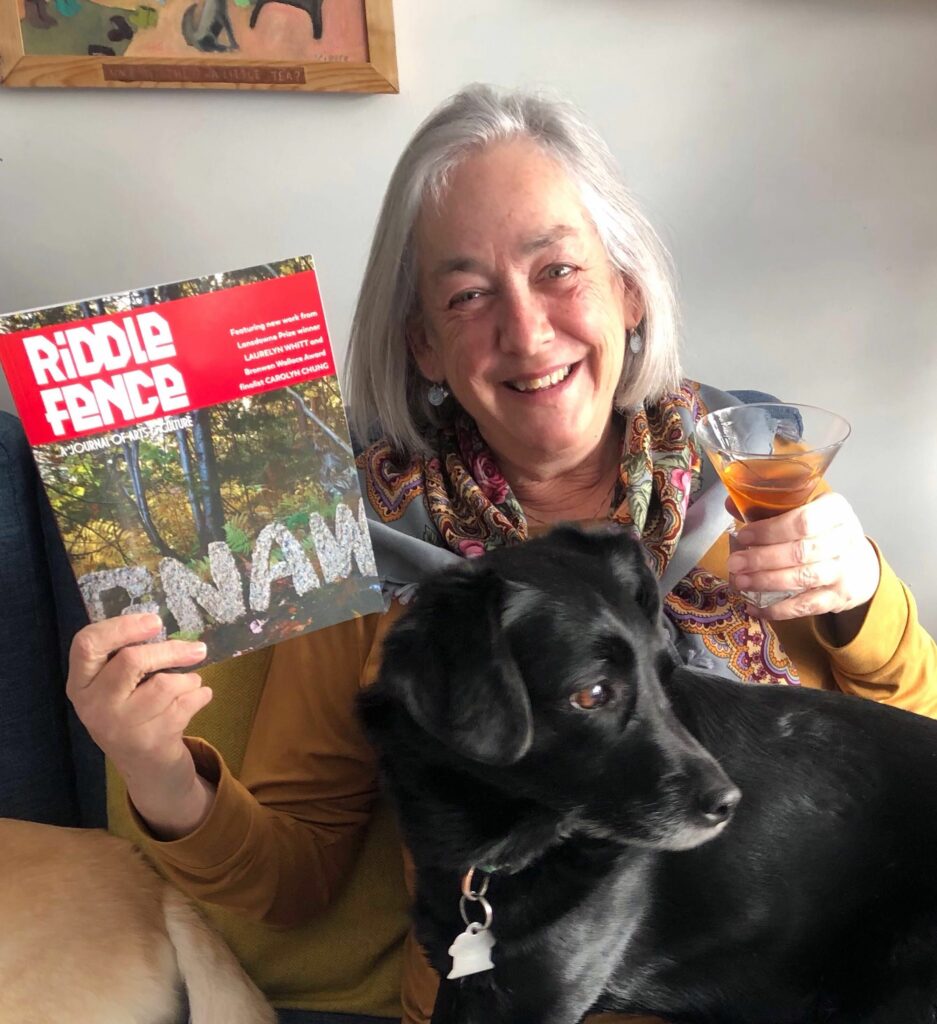
I’d sent earlier versions of this story to Prairie Fire, and Prism. Later, the story in its current form was sent to Creative Nonfiction (older writers call), and JMWW. JMWW’s rejection included a note saying that the piece stood out for them and that they’d like to see more work from me. I’ve since sent them another story but their nonfiction editor has taken on a different role so I might have left that one too late. In the third batch, I went on to submit to Prairie Fire (again, this time with the revised story), Existere, Craft and Riddle Fence. When Riddle Fence responded I withdrew the piece from the other three.
When Riddle Fence #43 arrived in the mail, I burst in the door with my copy, groceries and dogs. Once things were tidied away, I made a cocktail for my husband and me, and we cracked open the magazine. I toasted all of you, the writers who seek this sweetness, and along the way, make time to share hot tips, feedback, anxieties, successes, doh!-type failures, and hope for this writer here, this grateful, grateful one.
Laurel Parry (she/her) lives in Whitehorse, Yukon, on the traditional territories of the Kwanlin Dün First Nation and the Ta’an Kwäch’än Council. She writes about lives and places that are remote and crowded at the same time. Her work appears in Riddle Fence, Circumpolar Duet: Singular Plurality, Northern Review, and Northern Public Affairs Journal. @auntieolo on Twitter and Instagram
